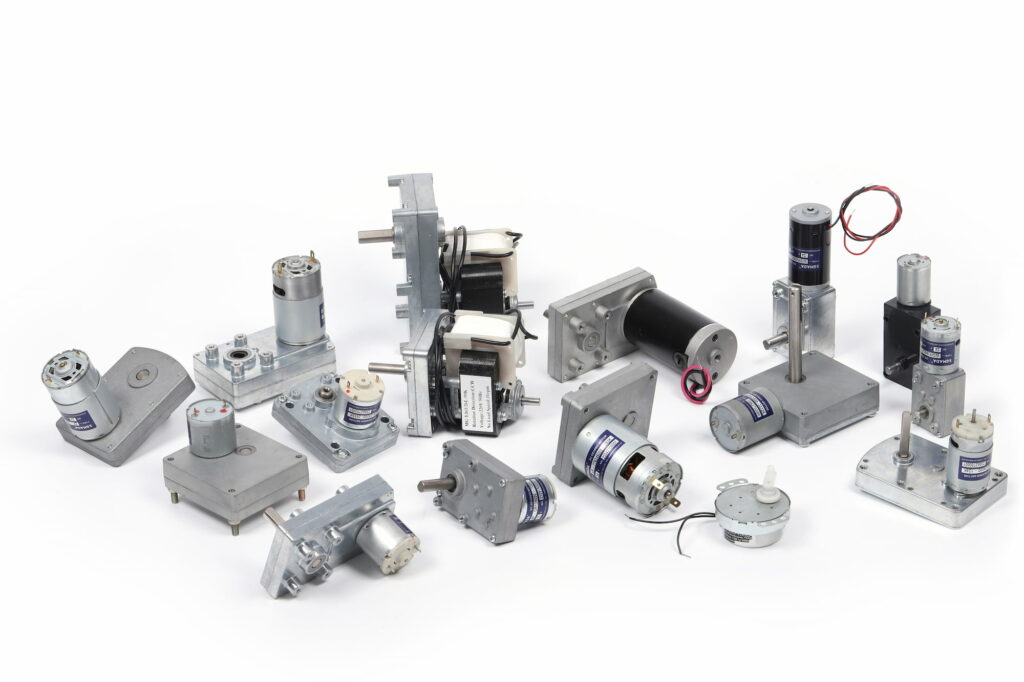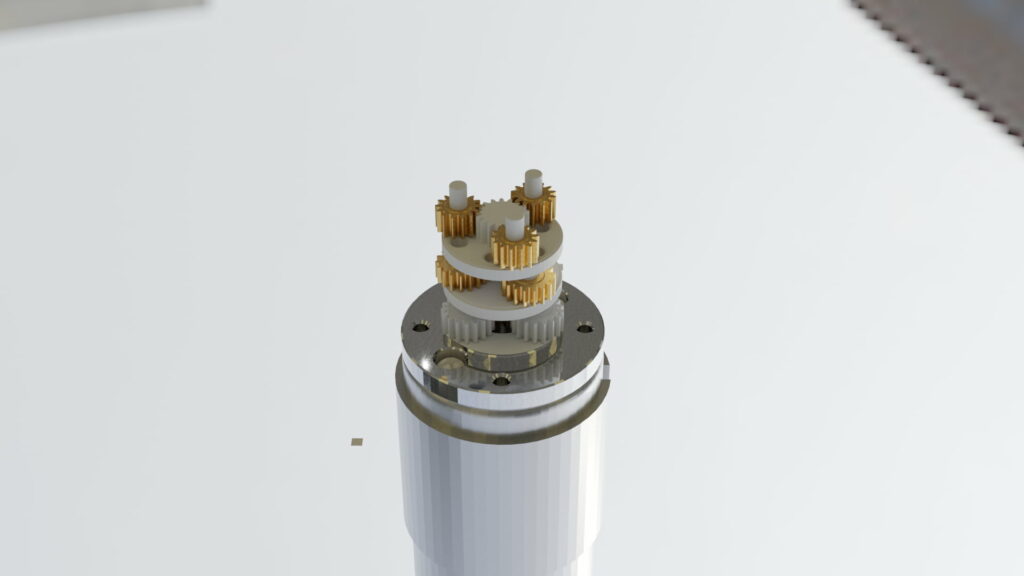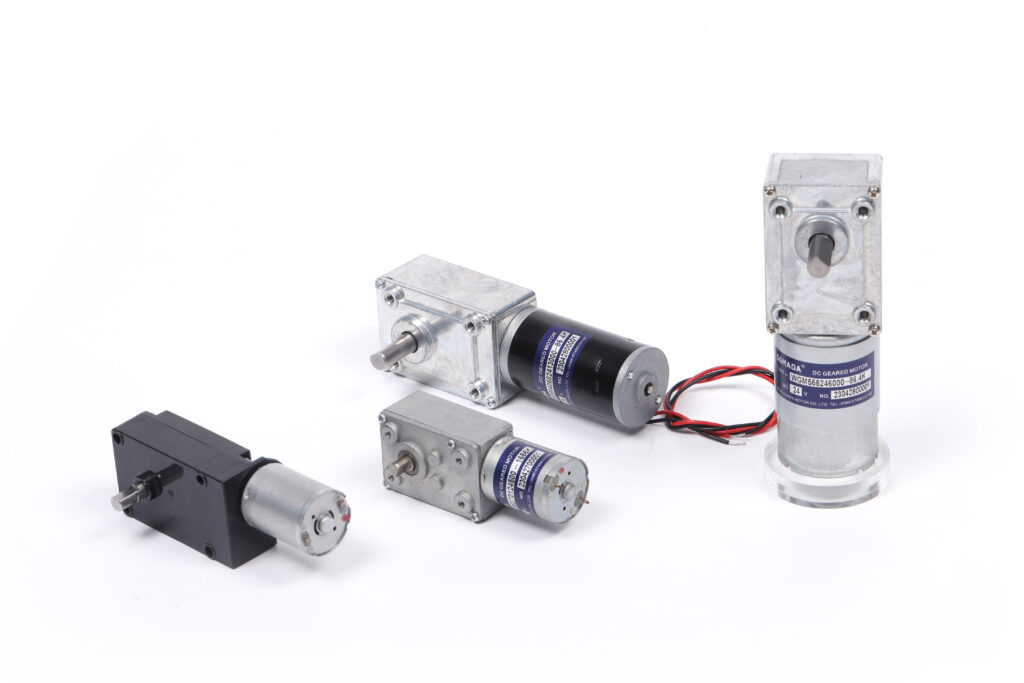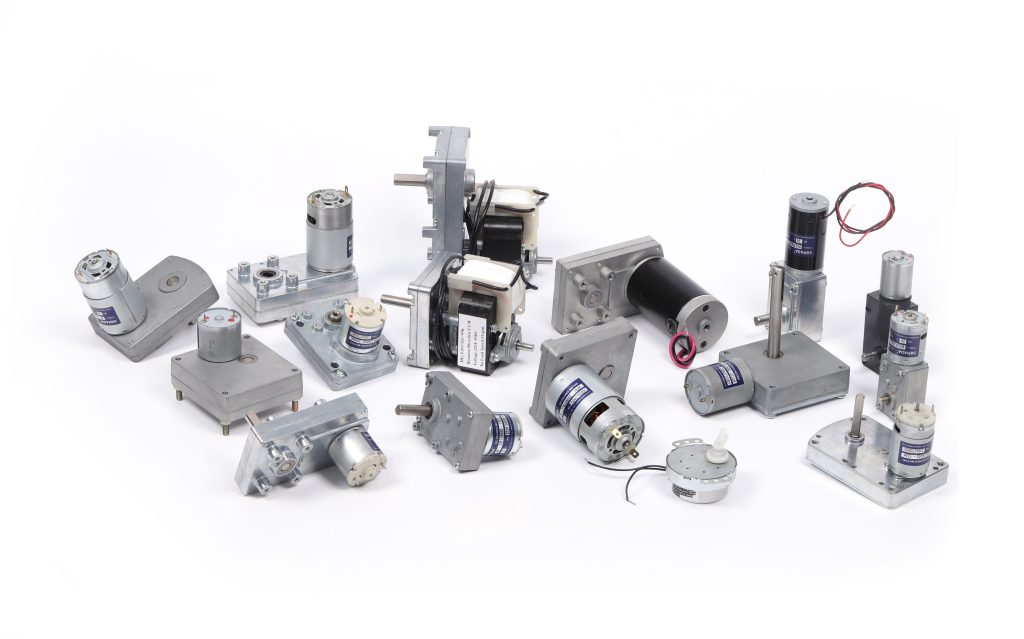What is the Voltage of Motor ?
How to compare the 12V vs 24V DC motor? Firstly we have to know the voltage of the motor refers to the potential difference of the power input. Also known as the working voltage or the power supply voltage. Within the rated voltage range of the motor, the voltage is the main factor used to drive the rotor of electric motor to rotate. In DC motors, the voltage provides the current required to rotate the motor, while in AC motors, the voltage provides the energy required to create a rotating magnetic field.
In general, the rated voltage of the motor refers to the power supply voltage range specified when the motor is designed, and the motor can operate normally and output rated power within this voltage range. If the rated voltage range is exceeded, the motor will be overloaded. Long-term overload operation will cause the motor to overheat and damage the coil inside the motor.
Rated Voltage of DC Motor
Voltage Design : DONCEN will calculate the rated voltage range when designing DC motors. The design of the rated voltage needs to consider the rated power of the motor, the rated speed, and the heat resistance level of the enameled wire. At the same time, short-term overload use should also be considered within the scope of design.
Voltage Range Test : According to the motor design parameters, the load test of the motor can help to confirm the rated voltage range of the motor.
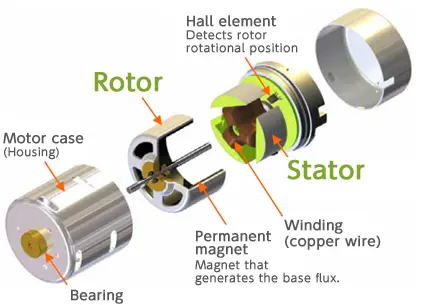
12V or 24V DC Motor ? What is the impact of Voltage on Motor Performance ?
The commonly used voltage of micro dc motors is generally 12V or 24 V. Therefore, we choose these two parameters as a voltage comparison.
We choose PG36555 24V Rated rpm 6000 Gear Ratio 1:50.9K Motor as example. We will do motor test under 12V and 24V for a same motor.
Here are the result:


| Voltage | Rpm | Current | Power | Torque |
| 12V | 45.4 | 0.72A | 2.855W | 0.6N.m |
| 24V | 103.5 | 0.858A | 9.751W | 0.9N.m |
Report Analysis
Rpm: The rated speed of the motor is directly proportional to the voltage, and the same motor has only half the speed of the 24V rated voltage under the condition of 12V rated voltage. Which means a same motor have 3000 rpm at 12V. The rpm of this motor under 24V will be 6000 rpm.
Current:When the voltage is 24V, the rated current will be slightly higher than the rated current when the voltage is 12V
Power:In theory, the rated power of the same motor is proportional to the voltage. P1/P2 = (V1/V2)²
Due to reasons such as gearbox efficiency, the test data has certain deviations. But it roughly agrees with the theory.

